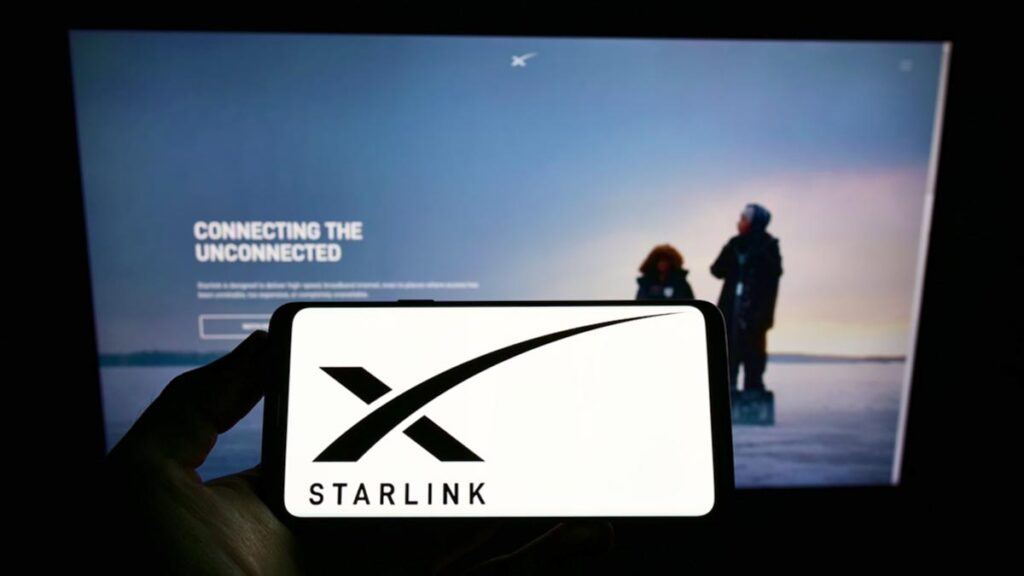Brazil Approves Exploration of Satellites by SpaceX and Swarm until 2027

Anatel (A National Telecommunications Agency) granted satellite exploration rights, late last week, to both companies SpaceX and Swarm.
As such, Space Exploration Holdings, through its legal representative Starlink Brazil Holding Ltda, now has the right to explore the Starlink non-geostationary satellite system until March 2027.
On the other hand, Anatel granted the right to Swarm Technologies to explore and use radio frequencies for the Swarm non-geostationary satellite system. Therefore, exploration can be carried out through the company’s legal representative, Swarm Brazil Satellites, until September 7, 2035.
In turn, Swarm Technologies also plans to put the Swarm constellation into operation in the medium term. This consists of 150 non-geostationary orbit satellites.
“The new satellite constellations are not only made up of hundreds or thousands of artifacts but also already have promises of expansion of these numbers,” explained Councilor and board member Emmanoel Campelo.
“It is in the company’s interest to provide broadband internet access to customers distributed throughout the Brazilian territory, which will certainly be very opportune for schools, hospitals, and other establishments located in rural or rural areas. Remote,” he highlighted.
In addition, the operation will allow the provision of bidirectional data transmission services for telemetry and telecommand oriented to the Internet of Things (IoT) applications.
In the medium term, SpaceX expects to put the Starlink constellation, which comprises 4,408 satellites in non-geostationary orbit, into operation.
According to Capelo, “it is in the company’s interest to provide broadband internet access to customers distributed throughout the Brazilian territory, which will certainly be very opportune for schools, hospitals, and other establishments located in rural or rural remote areas.”
Regarding Swarm Technologies, it should also put into operation the Swarm constellation, composed of 150 satellites in non-geostationary orbit. Considering this, it will be possible to provide bidirectional data transmission services for telemetry and telecommand oriented to the Internet of Things (IoT) applications.
According to a decision by Anatel, any change in the number of satellites in non-geostationary systems will require a new authorization by the Agency. In his vote, Campelo highlighted that “the new satellite constellations are not only composed of hundreds or thousands of artifacts but also already have promises of expansion of these numbers.”
